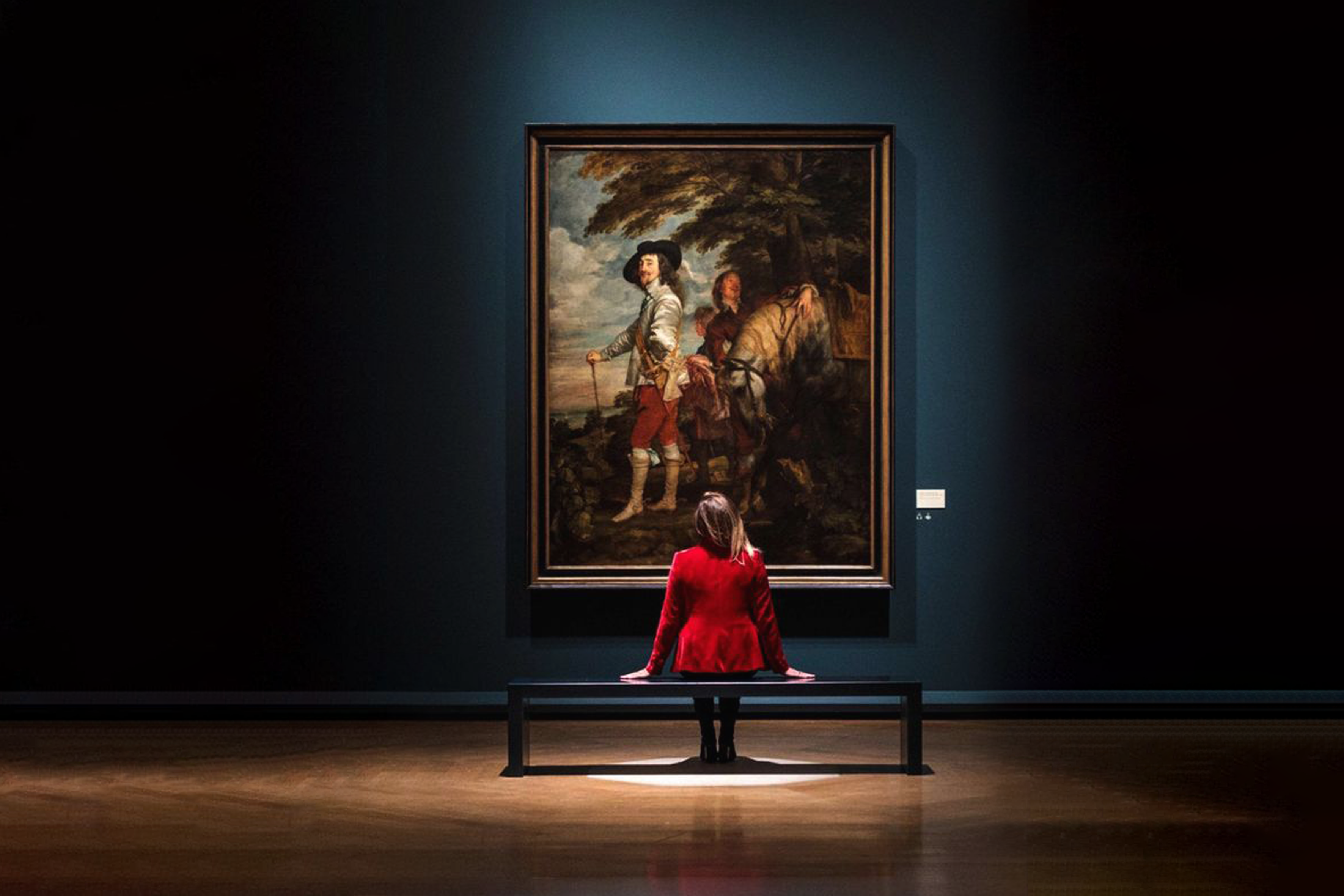Have you ever wondered how an artwork is valued? You may have seen a painting by one artist priced at a few hundred pounds, and then spotted something similar by a different artist priced at several thousand… who decides how much each work is worth?
This is by no means a simple question, but once you get to know the different factors that influence the art market, you can learn more about the art you love, when to buy it, and how much to spend. This all starts with the first step in an artwork’s history: the primary art market.
What is the primary market?
As the name suggests, the primary art market is where an artwork is sold for the first time. This often means a sale through an art market professional, such as a gallery or art dealer. The gallery or dealer acts as a representative for the artist, and will promote the work through marketing and display, as well as working directly with clients seeking to grow their collections.
The art might also be purchased directly from the artist, perhaps at an art fair or online. In this case, the artist is generally responsible for their own marketing and promotions. The artist may engage a manager or agent to promote the work on their behalf, either directly to buyers or to galleries and dealers.
Role of Art Market Professionals in Pricing
The price of an artwork at the primary market level is essential to informing its value going forward. Any artwork priced at this point should take similar artwork prices into account; it can be easy to over- or under-estimate an artwork’s value without a wider view of the art market.
An artist or art market professional will ideally use both sides of the market to determine the optimal price for an artwork. This includes ensuring that the artist is compensated appropriately, while also making sure that the price is reasonable for the buyer. At the same time, the price should indicate the projected future value of the work as a potential investment.
The skill of the seller will be in viewing all of this information and setting the artwork prices accordingly. If they are too optimistic, the prices may prove too high for buyers; too pessimistic, and the artwork may end up with a lower value than it deserves.
The Importance of Critical Reception and Artist Popularity
Critical reception will naturally affect the value of an artist’s work, especially if the artist is still at an early stage in their career. Buyers will often consider the reviews of an artist’s debut collection before buying, as the opinion of an informed critic may indicate the artist’s future success.
This is not always the case, however, and a buyer may well see value in a work that has been otherwise dismissed by the established art world; critics and reviewers can miss the mark. In the primary market, an artist may also start out at a level that does not attract this kind of attention, such as a self-represented artist selling their work at a fair. In this case, the commercial reception of their work is the more important indicator. If their work sells quickly and sells often, this can indicate a strong future for the value of their work.
The Impact of Trends
Trends affect buying habits in any industry, from kitchenware to property to cars. The art market is no exception, although the trends usually move with a much slower pace than many other industries.
Art trends are often a reflection of the culture around them, as buyers will be drawn to work that feels more engaging or relatable. A recent example of this can be seen in the rising popularity of street art, a genre that can now be found in almost every commercial gallery. Even this change, however, took place over a matter of years, rather than an overnight shift; now, some of the most highly valued artists on the market are street artists, such as Banksy, Mr Brainwash, and Stik.
Of course, trends are not universal. Prices will not reflect everyone’s personal taste, especially given how subjective the appreciation of art is. We’ve all seen an artwork with a price tag that made us pause and raise an eyebrow, thinking “no-one would pay that much for this!”
However, if you are seeing the price on the wall, it may mean that someone already has.
Primary Versus Secondary Market Valuations
The factors influencing the primary market and secondary market often overlap. The secondary market, however, values an artwork at its resale value; this can help a buyer to judge how an artist’s work might appreciate in value over time as the market settles into its long-term trends. For those seeking to invest in artworks, or to resell a work in the future, this is an important element of valuation to consider.
If you would like to learn how much an artwork in your collection is worth, get in touch with our expert team and receive a free valuation.





